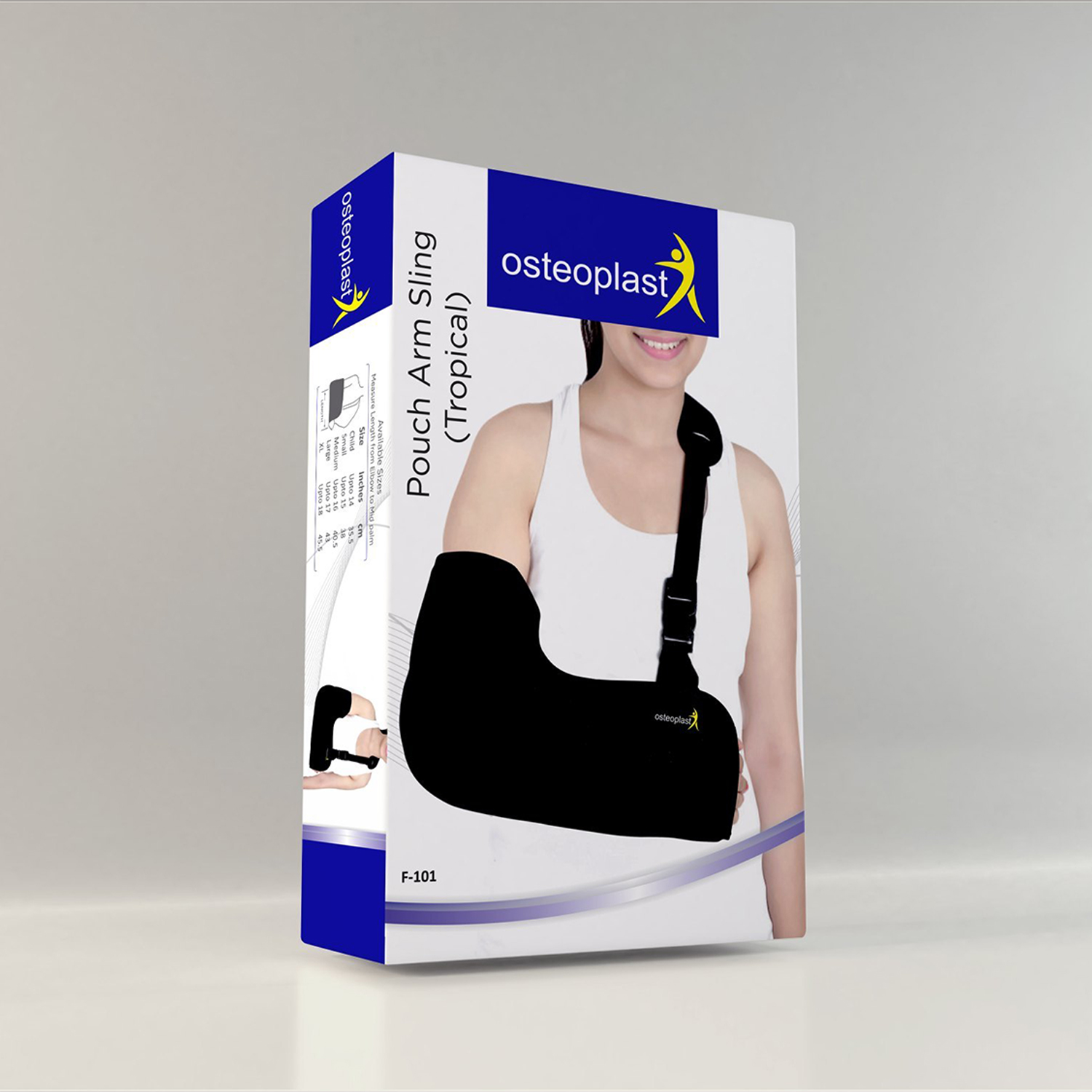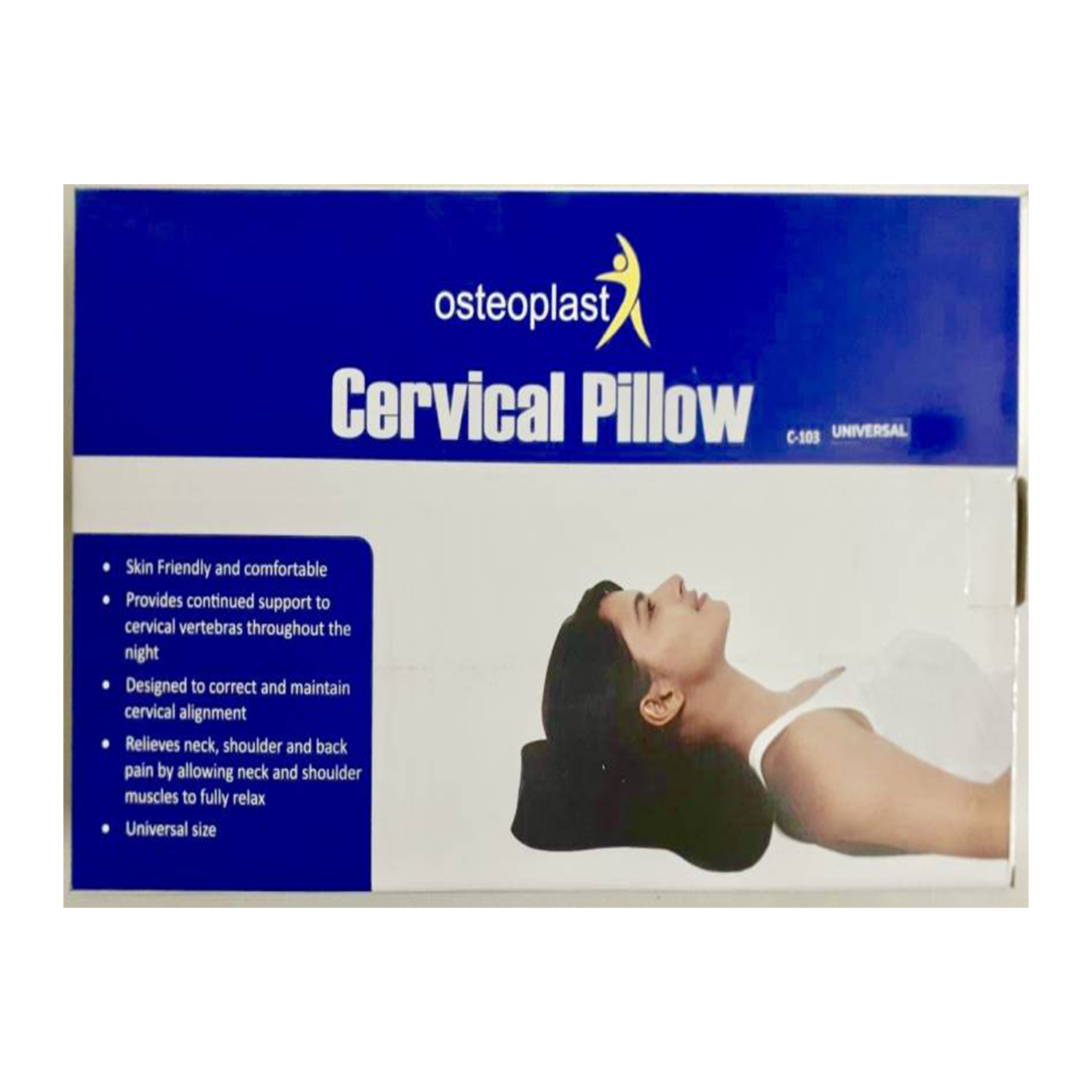Recovering Like a Pro: My Guide to Physiotherapy Products after an Injury
Namaste everyone! As someone who balances demanding acting schedules, modeling gigs, and the intense pace of a Regional Sales Manager at Deurali Janata Pharmaceuticals, I know a thing or two about pushing my body. And inevitably, sometimes, my body pushes back. Injuries happen – whether it's a twisted ankle from a dance sequence, a strained shoulder from lifting gym equipment, or just the everyday aches from a high-stress lifestyle.
When an injury strikes, it can feel like a setback, but I’ve learned to view it as a strategic pause. Recovery isn’t just about waiting; it’s about actively aiding your body’s healing process. Just as we use the right medicines to treat ailments, using the right physiotherapy products can significantly accelerate and improve your recovery. Think of it as empowering your body's natural resilience.
Let me share my go-to guide for physiotherapy products that have helped me, and countless others, get back on track stronger than before.
1. Cold & Hot Therapy Packs: The Dynamic Duo
- Cold Packs (Ice Packs): Immediately after an acute injury (within the first 24-48 hours), cold therapy is your best friend. It helps reduce swelling, inflammation, and dull pain by constricting blood vessels. I keep reusable gel packs in my freezer for quick access.
- Hot Packs (Heat Packs): Once the initial swelling has subsided (usually after 48 hours), heat therapy comes into play. It helps relax muscles, increase blood flow to the area (aiding nutrient delivery for healing), and alleviate stiffness. Electric heating pads or microwaveable heat packs are excellent for this.
My Take: Don't underestimate the power of contrast therapy if your physio recommends it! It's like a mini spa treatment for your injury.
2. Support & Compression Gear: Your Body’s Gentle Hug
When an injury needs stability without restricting movement completely, support gear is crucial.
- Compression Sleeves/Bandages: For mild sprains or strains in knees, elbows, or ankles, compression helps reduce swelling and provides gentle support. It also reminds you to be mindful of the injured area. Look for breathable, comfortable fabrics.
- Braces/Supports: More significant injuries might require a brace for extra stability. From wrist braces for carpal tunnel to knee braces for ligament support, these help protect the joint during activity and prevent re-injury.
- Kinesiology Tape: This flexible, adhesive tape can provide support and pain relief without limiting range of motion. It’s fantastic for muscular strains or providing postural cues. I've used this many times for shoulder stability during shoots!
My Take: Always ensure the fit is snug but not too tight. Circulation is key!
3. Foam Rollers & Massage Balls: Release the Tension
Muscle stiffness and knots often accompany or even contribute to injuries. These tools are fantastic for self-myofascial release.
- Foam Rollers: Excellent for larger muscle groups like your back, hamstrings, and quads. Rolling over a foam roller helps break up muscle knots, improve flexibility, and increase blood flow.
- Massage Balls (Lacrosse Balls): For targeting smaller, more specific trigger points in areas like your glutes, shoulders, or feet. The intensity can be surprising, but the relief is worth it.
My Take: Think of these as your portable, personal masseuse. They are brilliant for loosening up before and after workouts too.
4. Resistance Bands: Building Back Stronger
Once you're past the acute injury phase and cleared by a professional, strengthening the area is paramount to prevent future issues.
- Resistance Bands: These versatile, portable bands come in various strengths and are perfect for gentle, controlled exercises. They help rebuild strength around the injured joint or muscle without putting excessive strain on it. They are also amazing for mobility work.
My Take: Start with light resistance and focus on proper form. Slow and steady wins the race when it comes to rebuilding strength.
5. Ergonomic Aids: Preventing Future Strain
Recovery isn't just about healing the current injury; it's about preventing the next one.
- Posture Correctors/Lumbar Supports: For back or neck pain, improving your posture, especially if you sit a lot, can make a huge difference.
- Ergonomic Keyboards/Mice: If your injury is hand or wrist-related, changing your workspace setup can be critical.
My Take: Small changes in your daily environment can lead to significant long-term benefits for your body.
Recovery is a journey, and these physiotherapy products are your reliable companions. Always consult with a healthcare professional or physiotherapist for personalized advice and diagnosis. They’ll guide you on the best products and exercises for your specific needs. Here's to a speedy and full recovery!
Author: Ms Rojina



 0
0
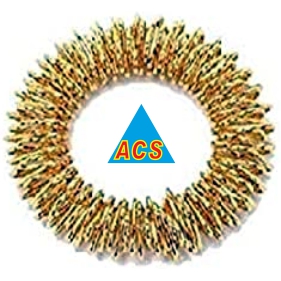
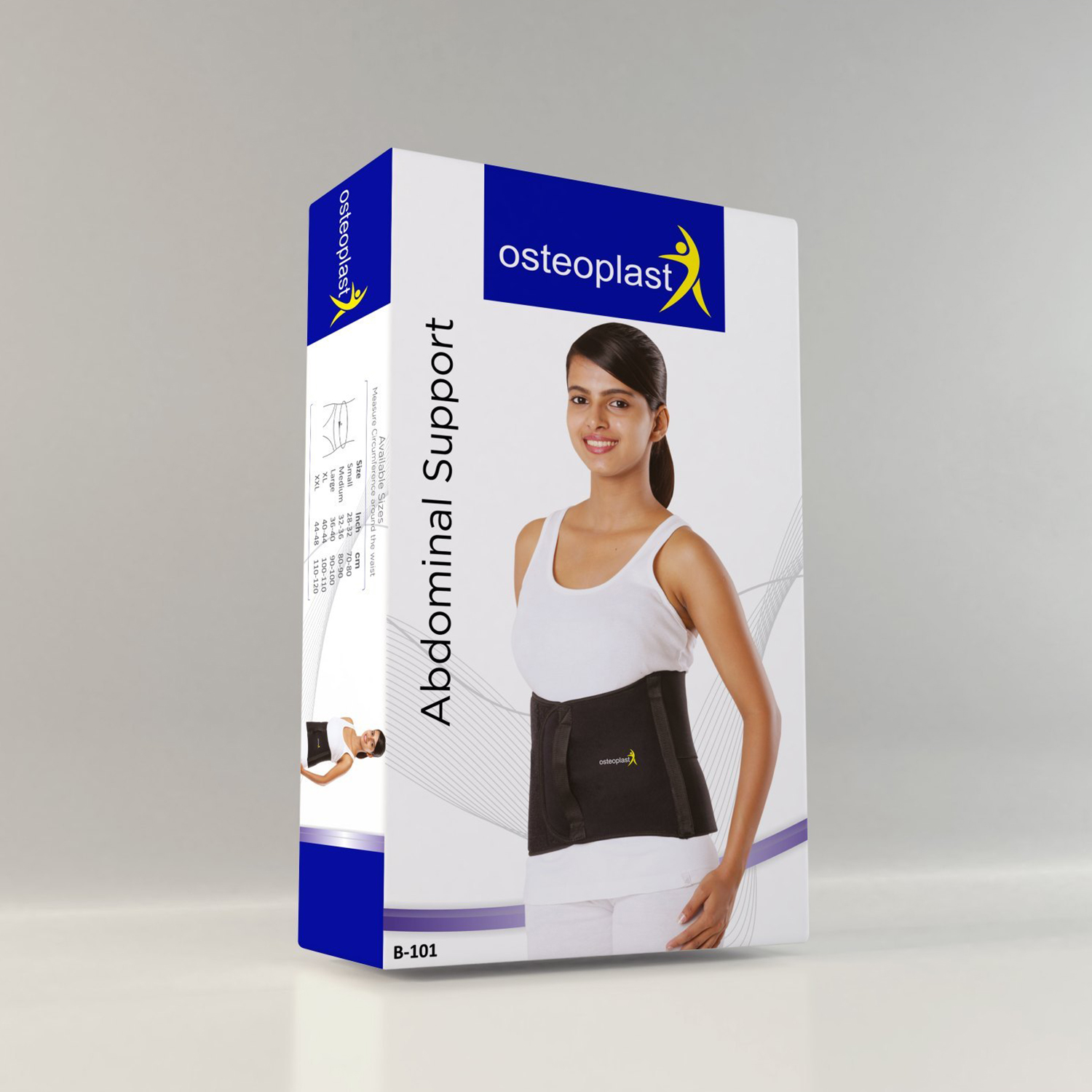
.jpg)
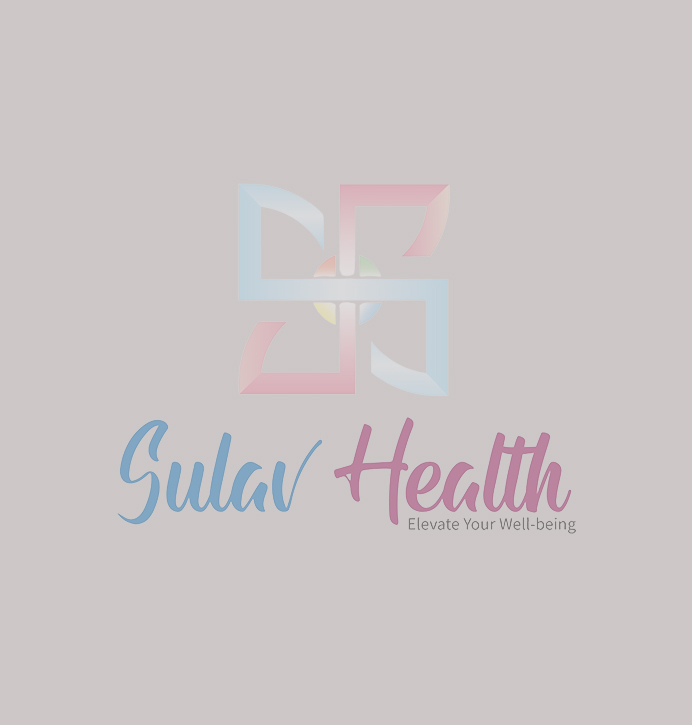
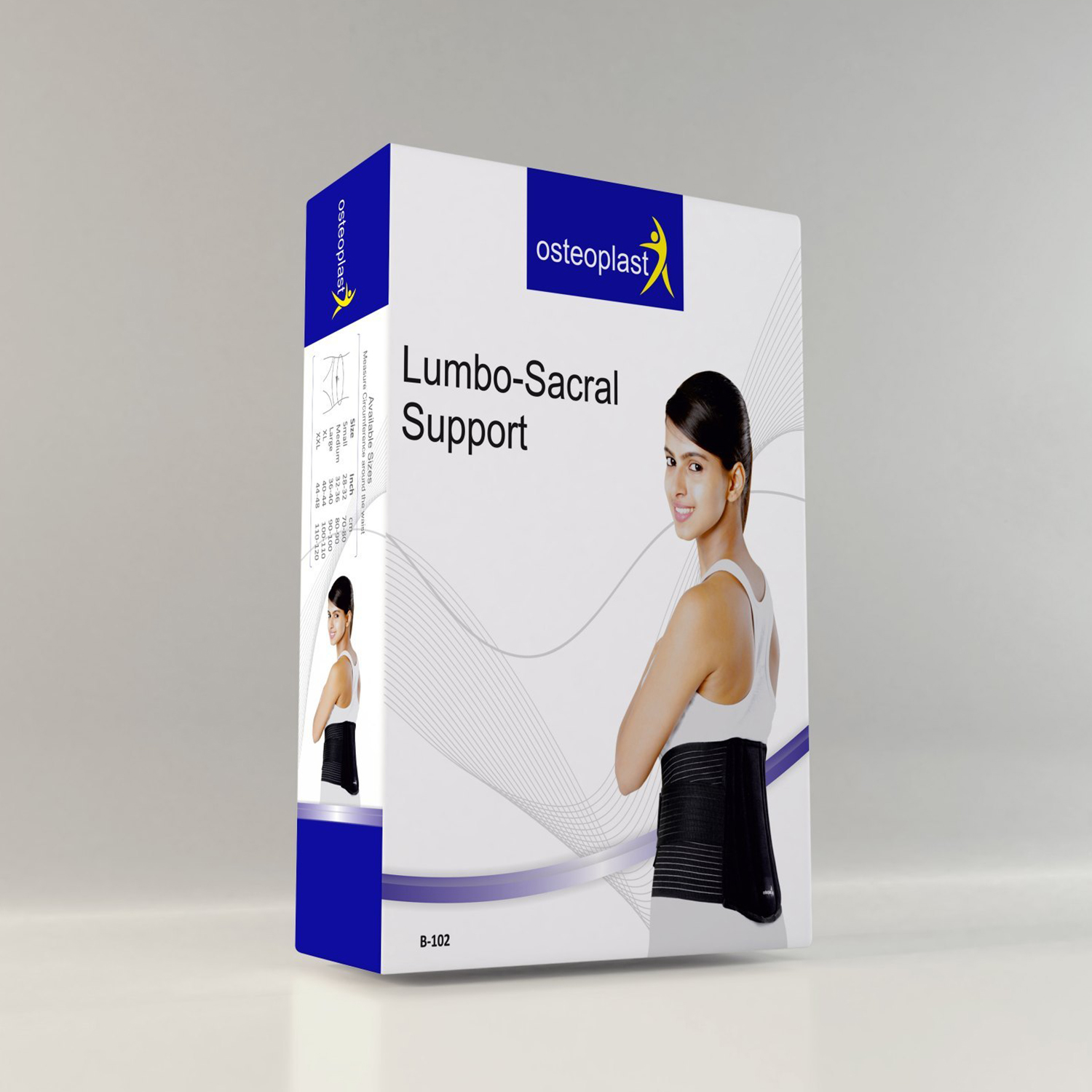
.jpg)
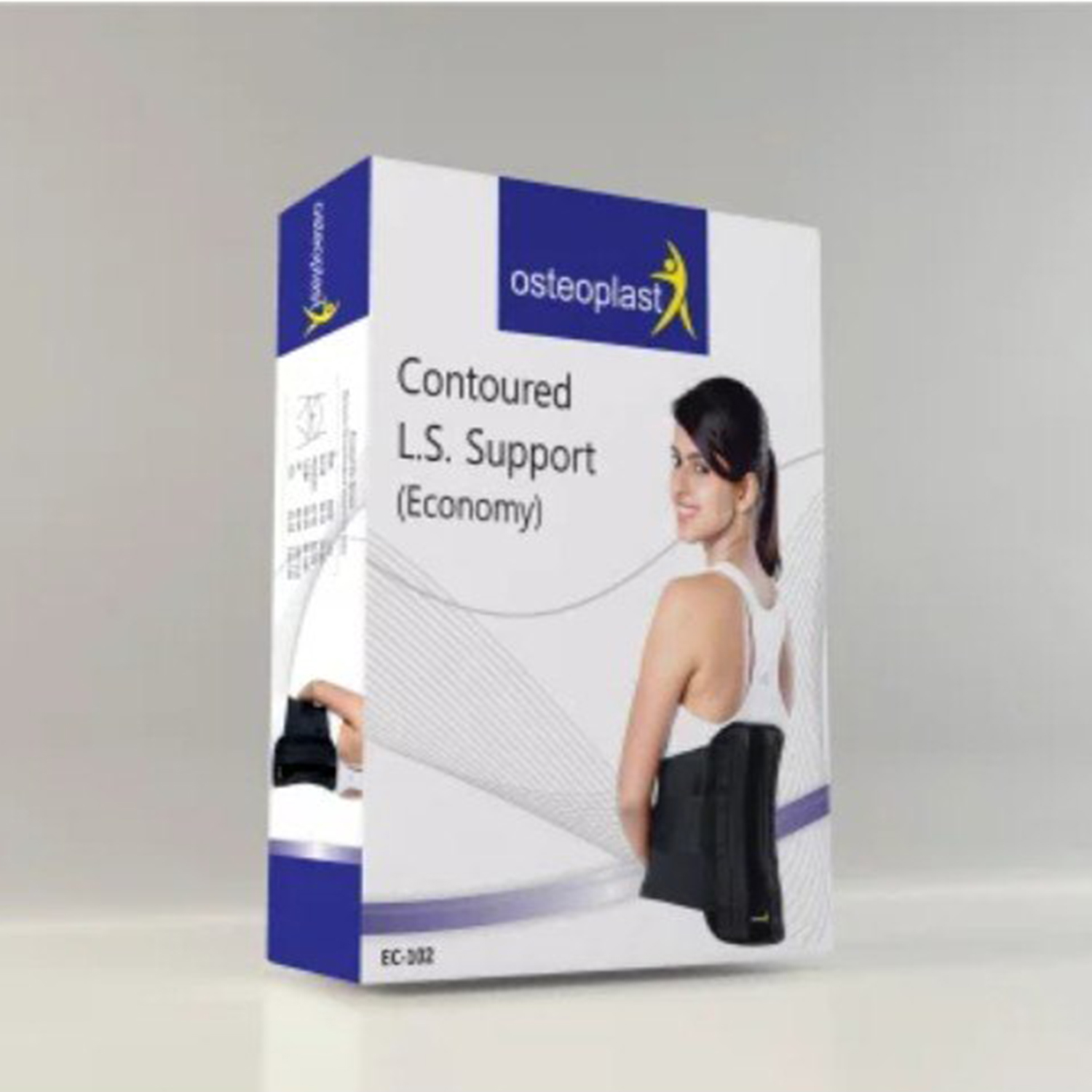
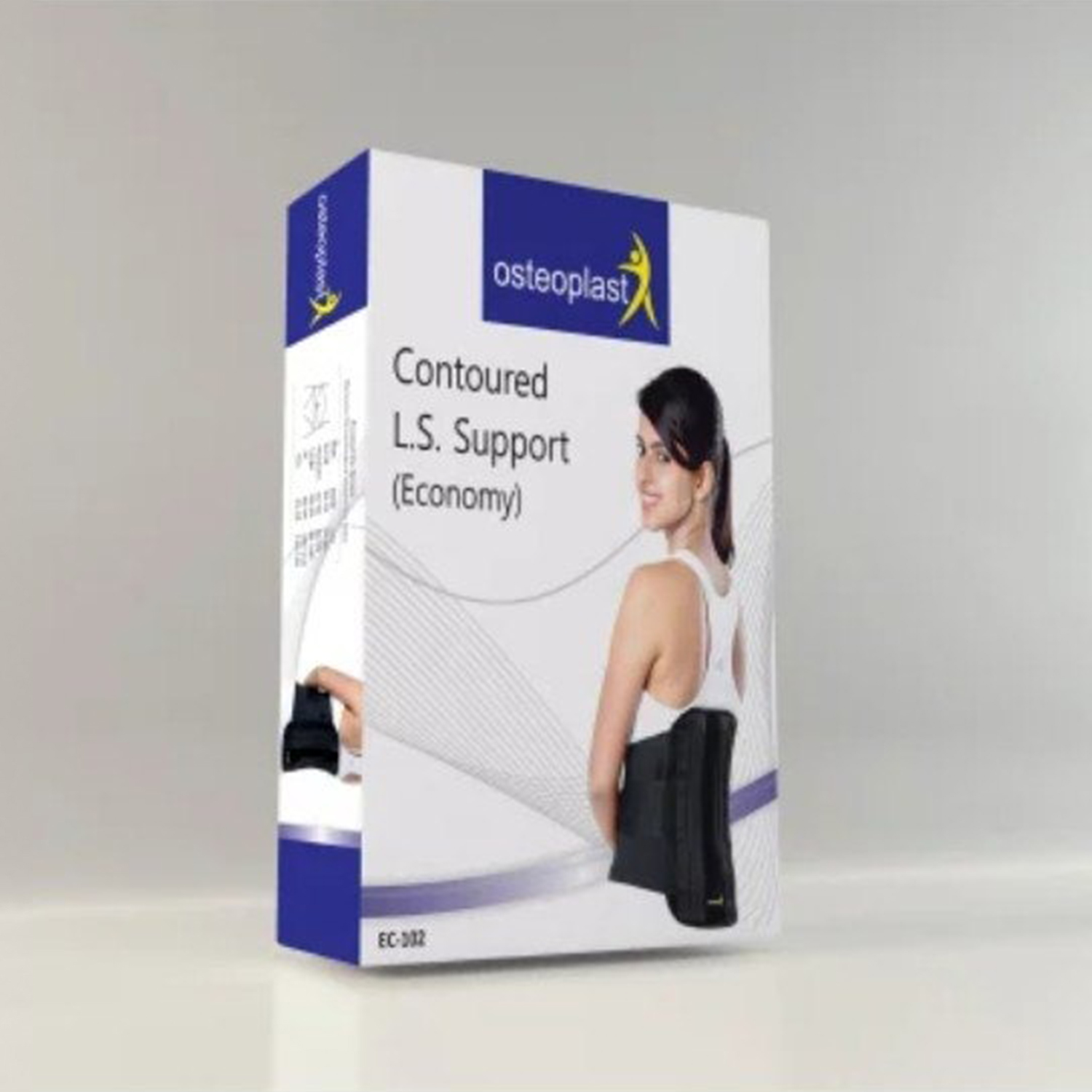
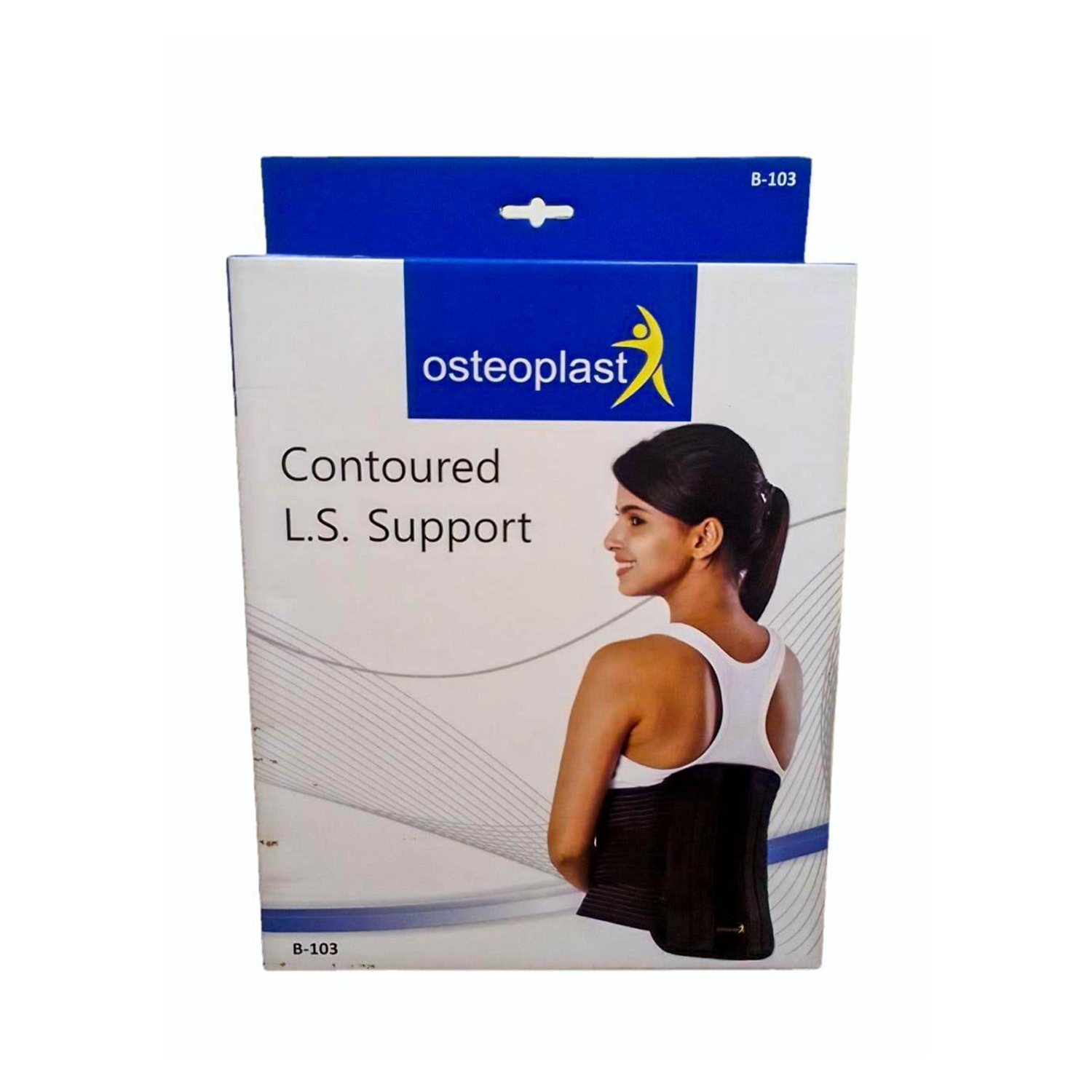
.jpg)
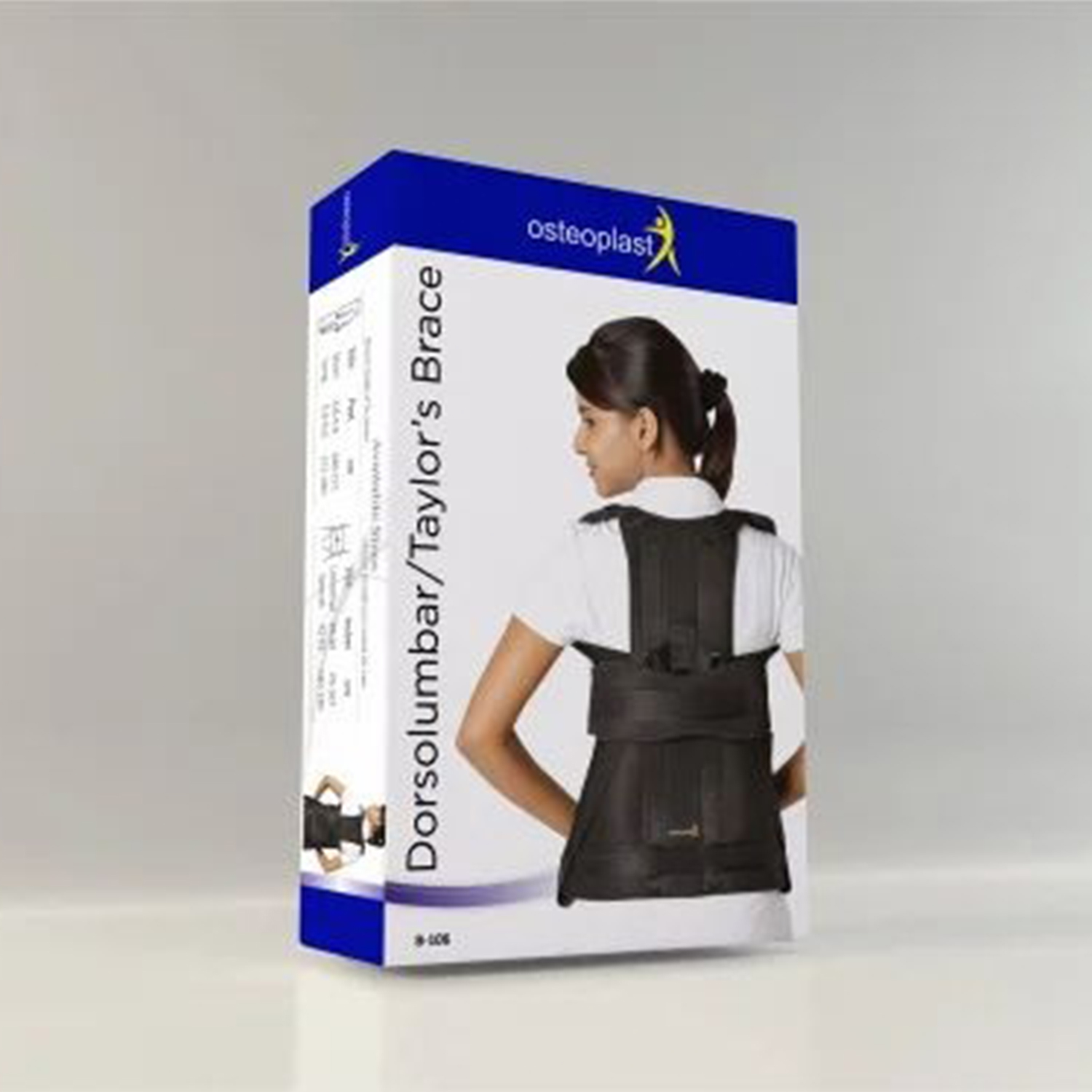
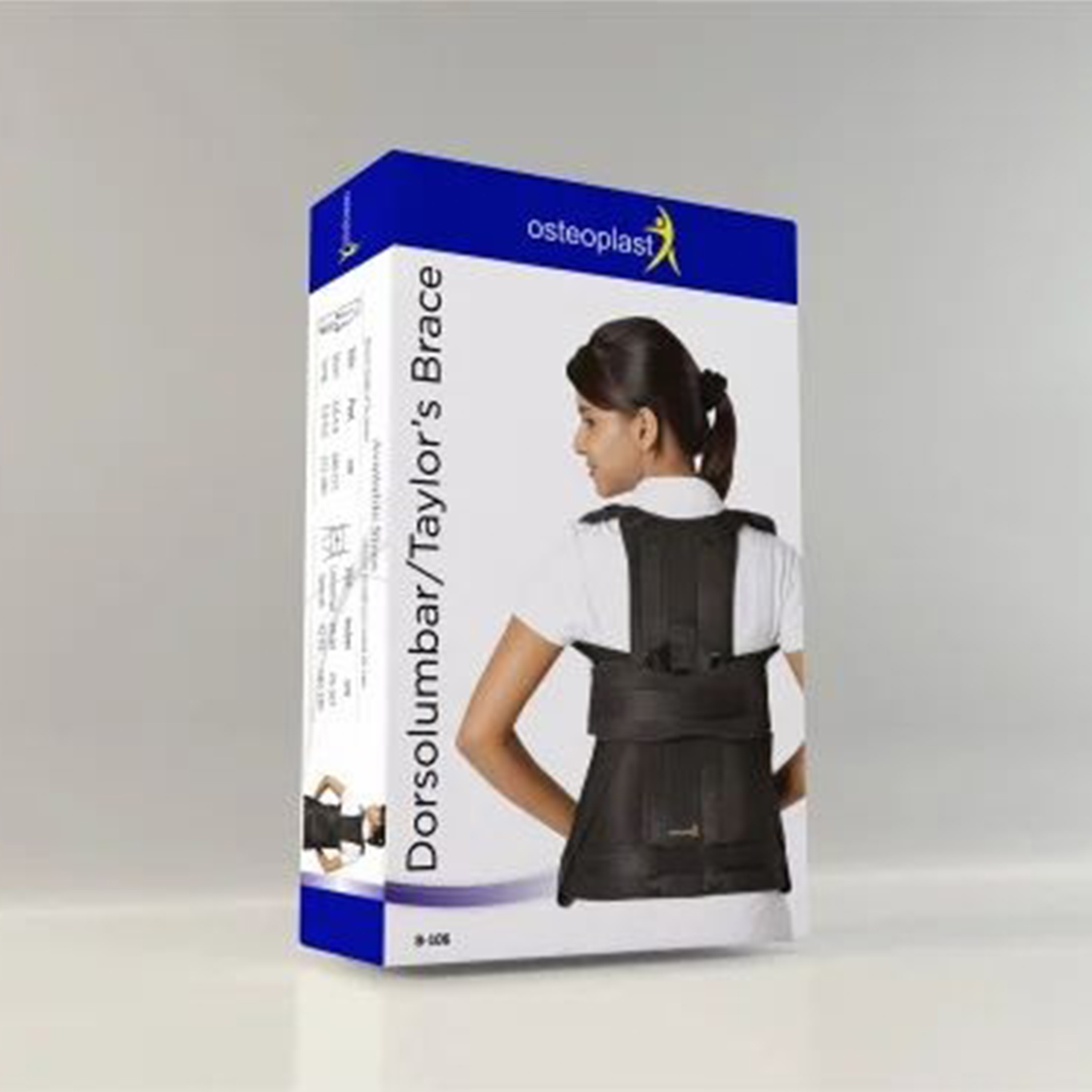
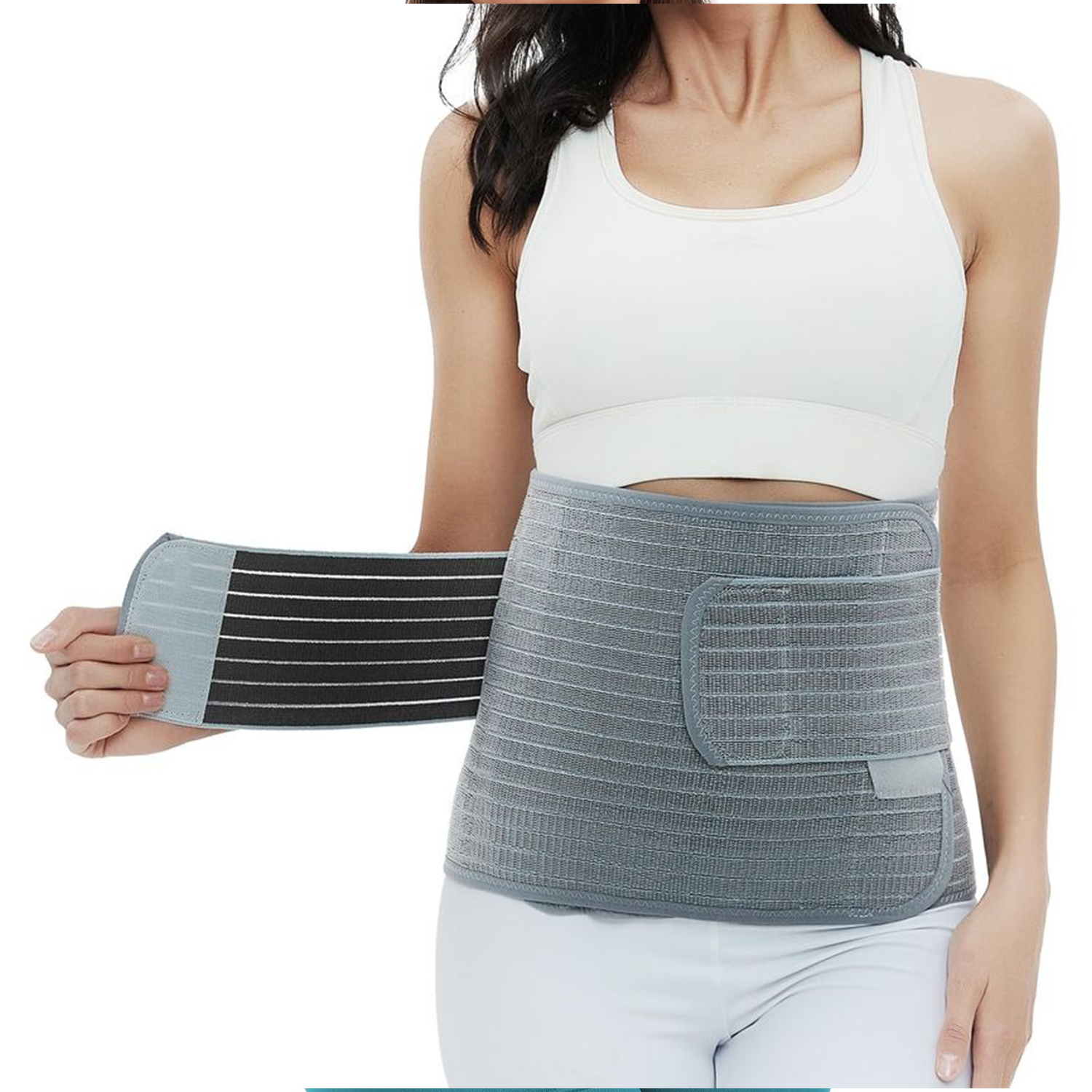
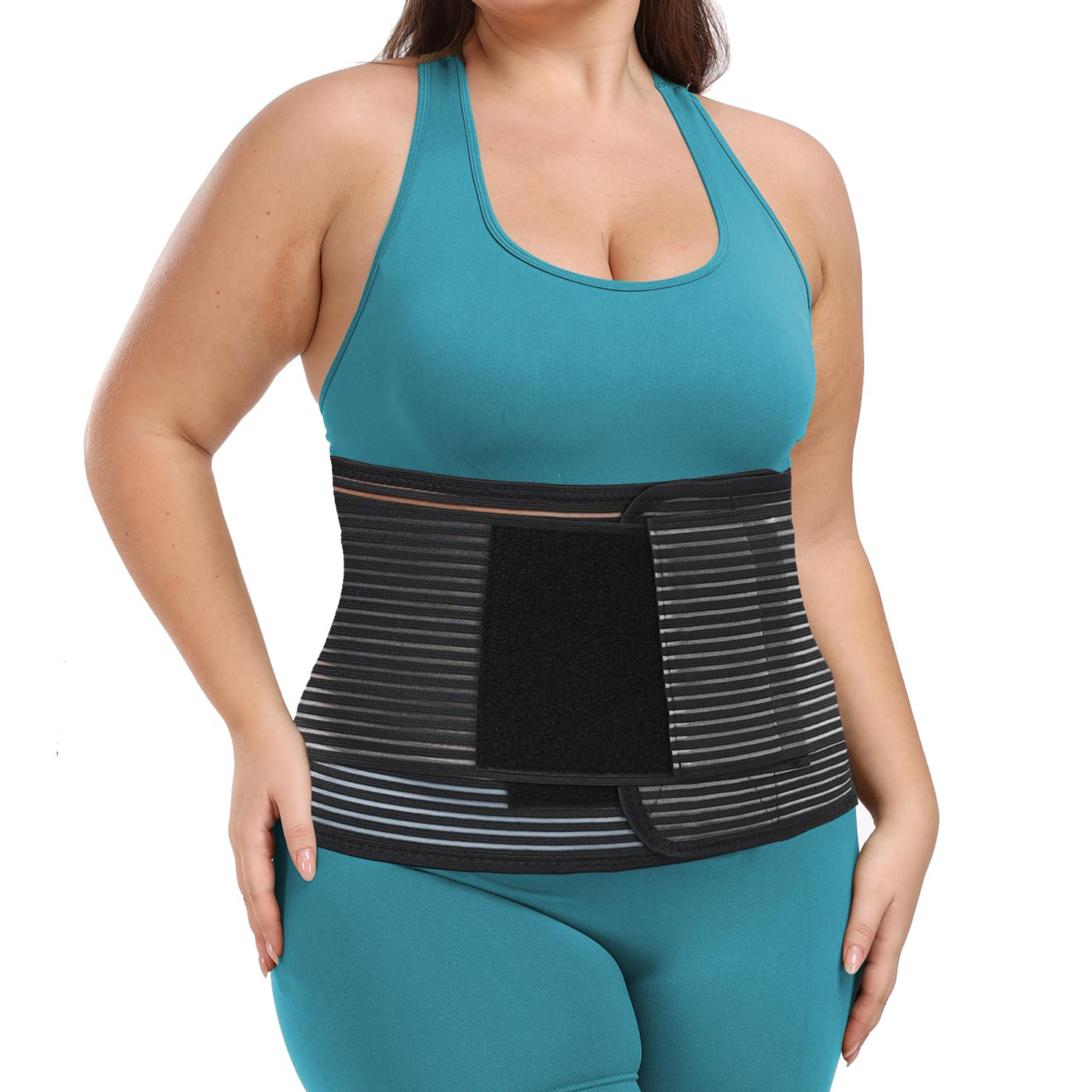
.jpg)
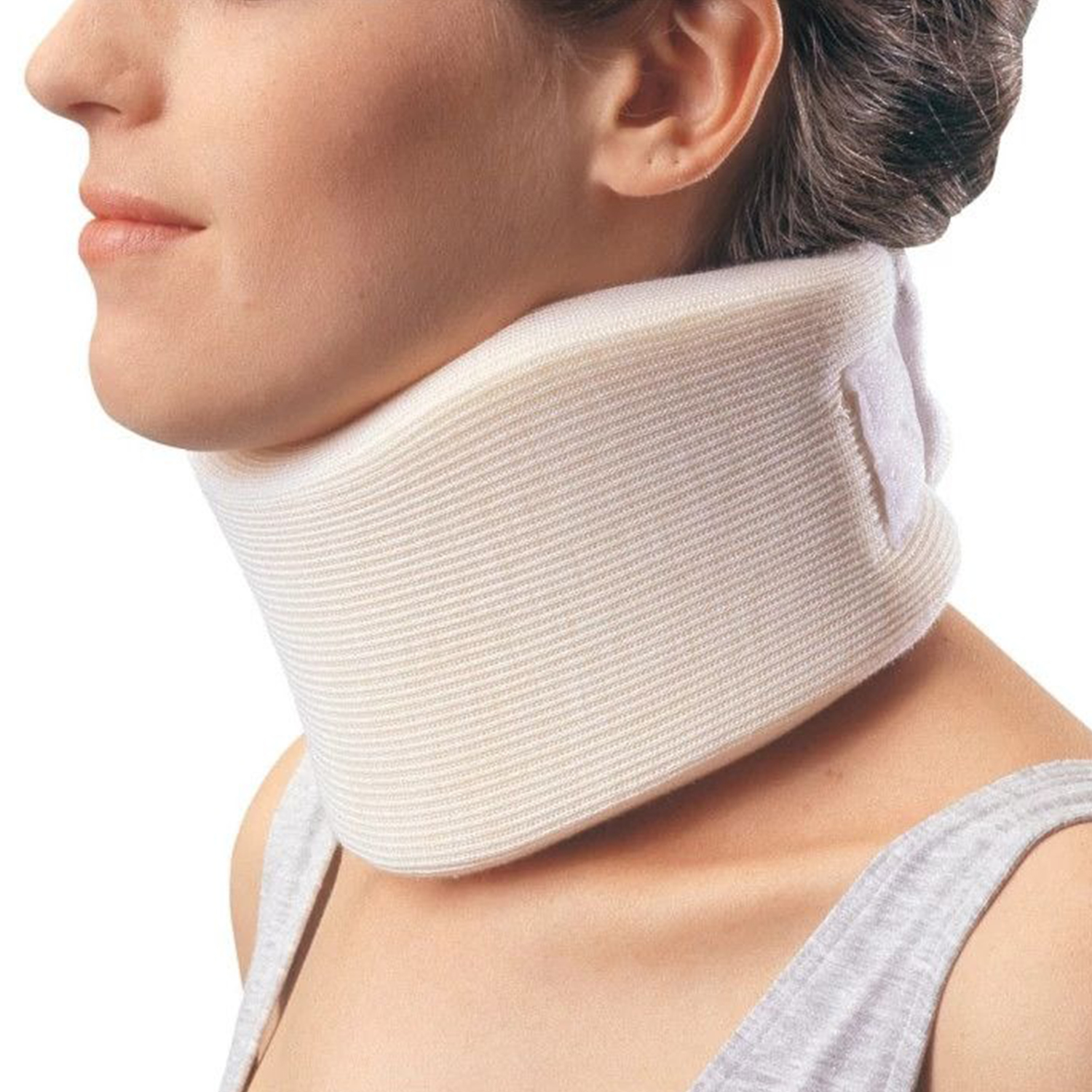
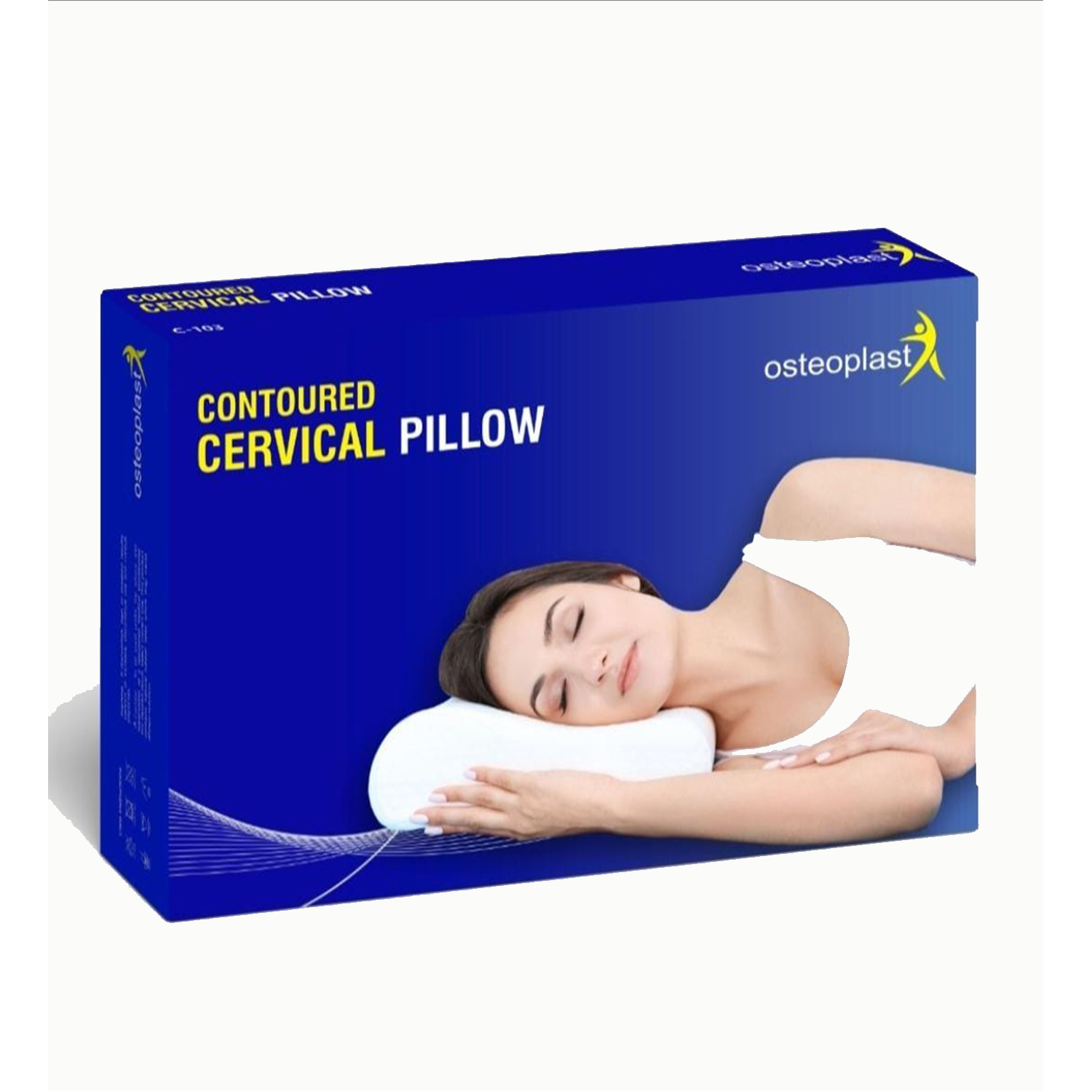
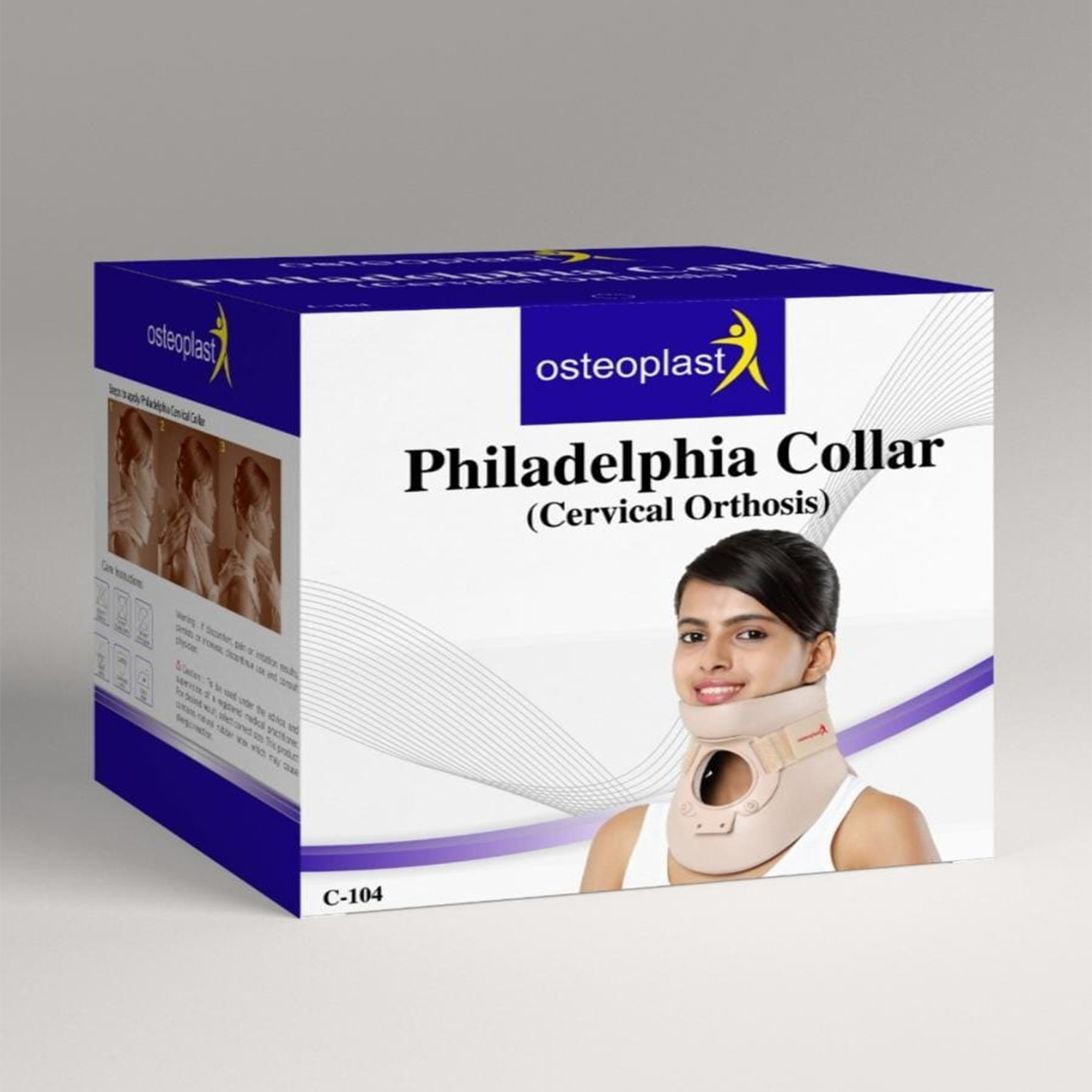
.jpg)
